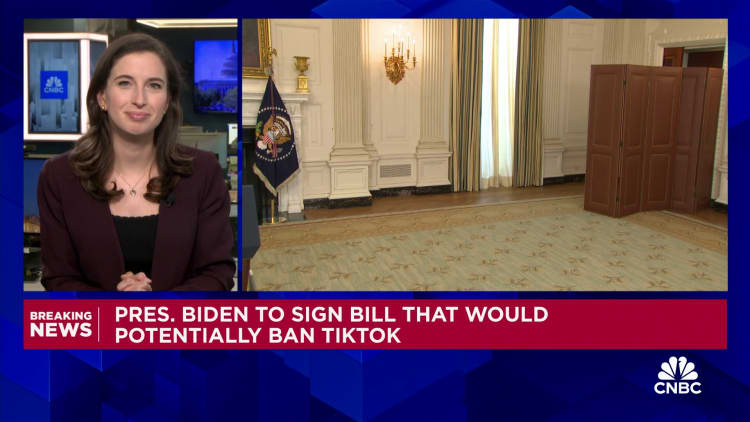Major grocery retailers took advantage of supply chain disruptions to outdo smaller rivals and protect profits during the pandemic, according to a report released Thursday by the Federal Trade Commission.
The report concluded that some large companies have “accelerated and distorted” the impact of supply chain problems, including by pressuring suppliers to favor them over competitors. Food and beverage retailers also made high profits during the height of the pandemic and continue to do so today, casting doubt on the claim that higher food prices are simply moving in lockstep with rising costs at retailers themselves, the authors argued.
“Some companies appear to have used rising costs as an opportunity to further raise prices to boost profits, and profits remain strong even as supply chain pressures have eased,” the report said.
The report’s release comes as the FTC is cracking down on large grocery retailers. Last month, the commission and several state attorneys general filed a lawsuit seeking to block Kroger from completing its $25 billion acquisition of grocery chain Albertsons. They argued that the deal would weaken competition and likely cause consumers to pay higher costs.
The actions by the independent federal agency have helped bolster the Biden administration’s efforts to combat rising prices. In recent weeks, President Biden has taken a tougher stance against grocery chains, accusing them of overcharging customers and making excessive profits. Although food prices are rising more slowly now, they have risen sharply in 2022 and have not fallen overall. As a result, high food prices continued to burden many consumers and presented a political problem for the administration.
Mr. Biden has also tried to address the problem by targeting food companies, accusing them of reducing package sizes and portions of some products without lowering prices, a practice commonly referred to as “shrinkflation.” During his State of the Union address earlier this month, Mr. Biden again called on snack companies to end the practice.
In its report, the FTC concluded that supply chain disruptions did not equally impact businesses across the food industry. Compared to larger companies, small grocery retailers have had more difficulty sourcing products during the pandemic.
“The FTC’s report examining U.S. grocery supply chains concludes that dominant companies seized this moment to stay ahead at the expense of their competitors and the communities they serve,” said Lina Khan, chairwoman the FTC, in a statement.
The report comes after the regulator ordered several companies in late 2021 to release “detailed information” that would shed light on the causes of problems in the supply chain and how business practices could worsen the disruptions.
The report found that large companies are putting pressure on suppliers to gain access to scarce products by imposing strict delivery requirements and threatening suppliers with hefty fines if they fail to fulfill their orders. Because these measures helped major retailers increase their product inventory, they effectively helped them gain a competitive advantage over smaller rivals, the report said.
“In some cases, suppliers gave preferential treatment to buyers and threatened them with a fine,” the report said.
However, retailers do not have “unfettered freedom” to impose these penalties because some suppliers already have contractually defined requirements, the report said.
FTC officials also argued that consumers are still “facing the negative impacts of the pandemic’s price increases” as retailers’ profits remain strong.
Using public data on food retail profits, the FTC found that in the first three quarters of 2023, food and beverage retail revenue reached 7 percent of total costs. That’s up from more than 6 percent in 2021 and the most recent peak of 5.6 percent in 2015.
“These increased profit levels require further investigation by the Commission and policymakers,” the report said.
Following the outbreak of the pandemic, there were significant disruptions in the country’s food supply chain. Households quickly switched away from eating out at restaurants and panicked shoppers stockpiled food, increasing demand for food. Workers fell ill with the coronavirus, straining labor supply at grocery stores, warehouses and meatpacking plants. Truck drivers, already in short supply before the pandemic, were unable to make deliveries quickly enough. The combination of these factors led to significant product shortages and higher food costs.
The end of 2021 saw an even larger increase in food prices. As supply chain disruptions and labor shortages led to higher transportation and raw material costs, companies passed the cost increases for many products on to consumers. In August 2022, annual food inflation peaked at 11.4 percent. Since then, food price increases have continued to moderate. Over the year to February, food prices rose 2.2 percent.
Companies across the industry have said they plan smaller price increases this year, in part because some consumers have begun to hold back and cut back on spending, leading to a decline in sales for some companies.
Source link
2024-03-21 17:23:01
www.nytimes.com







